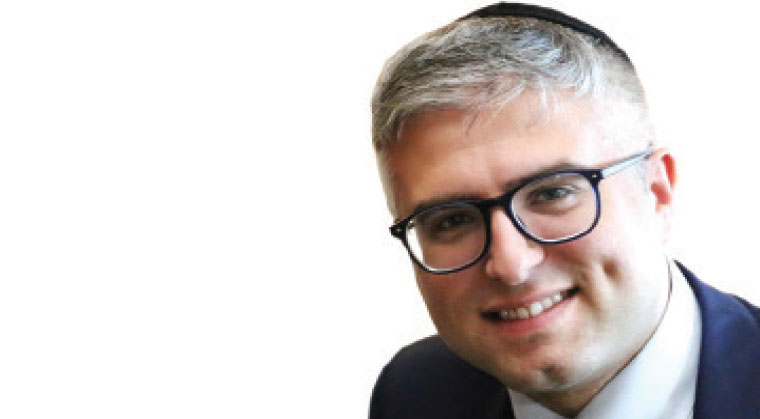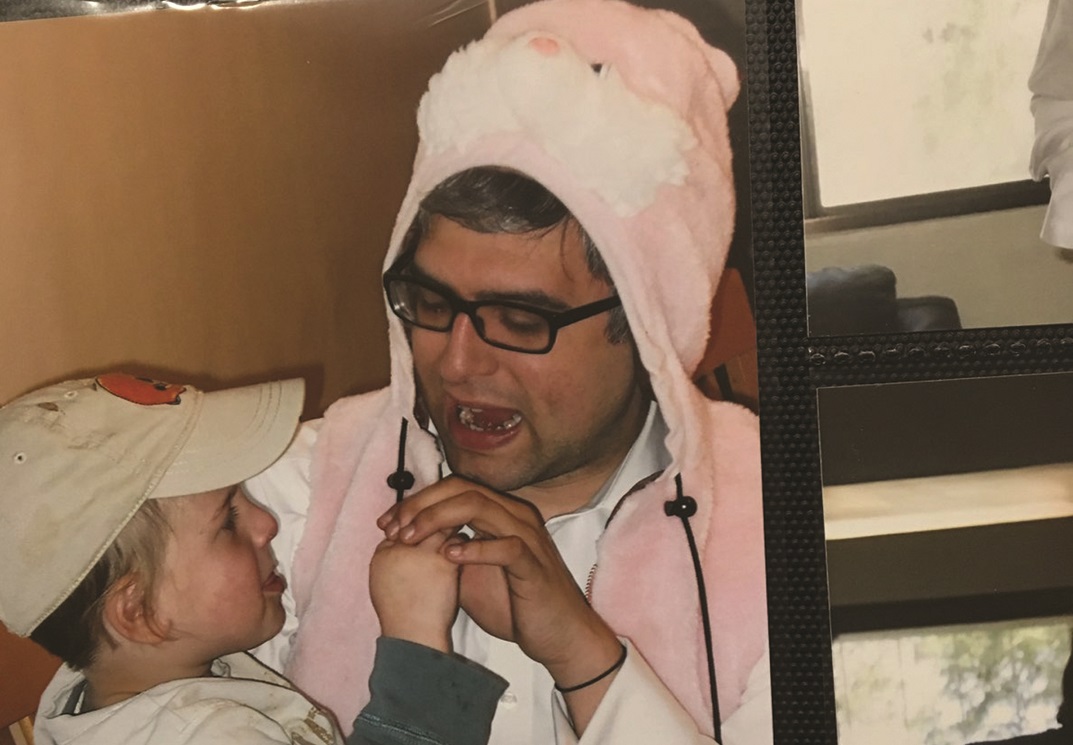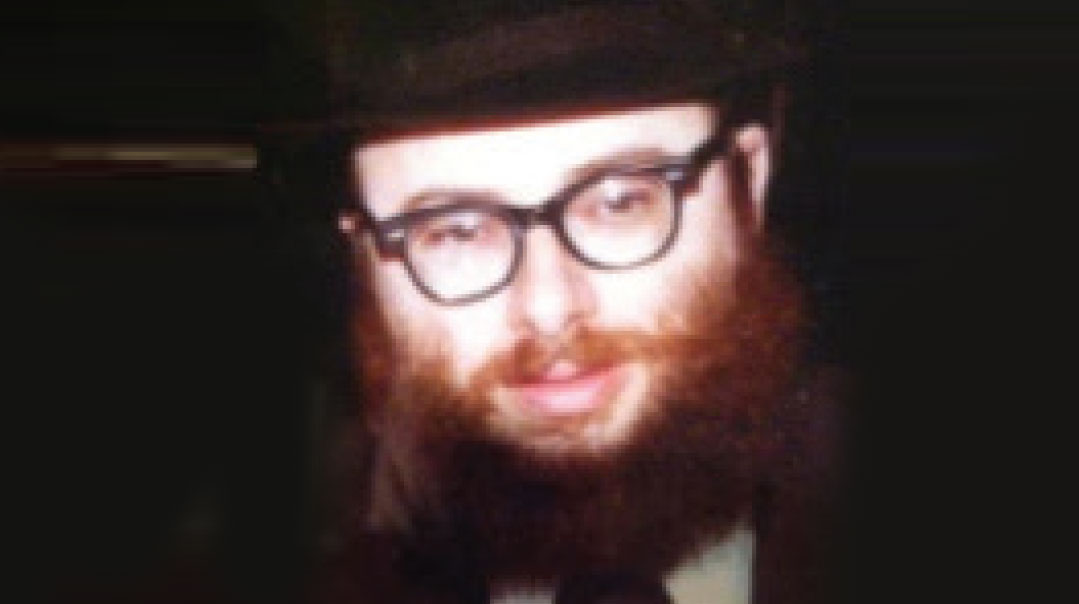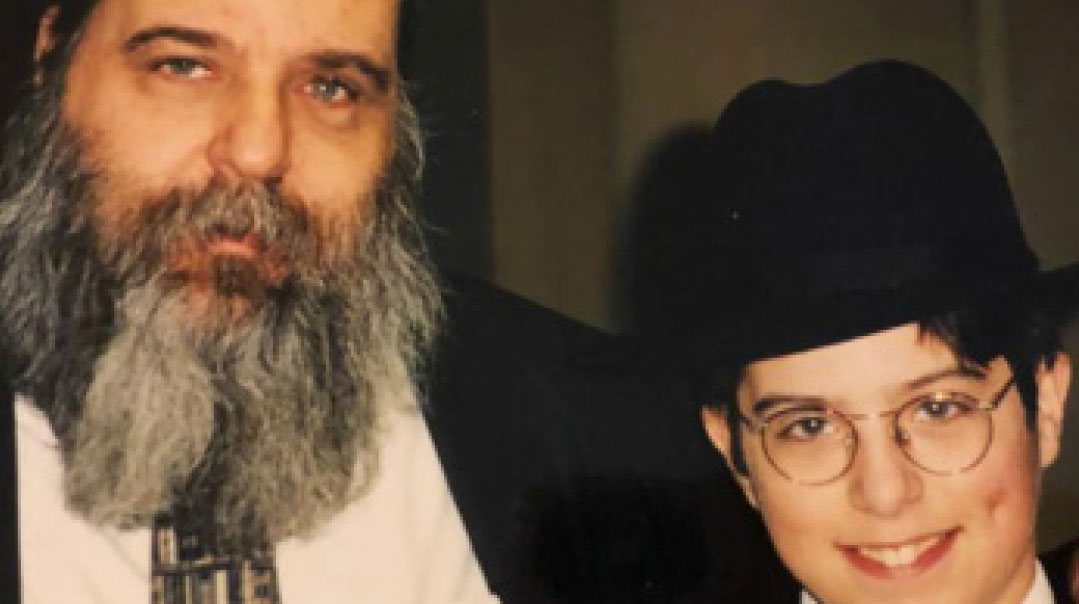Rav Tzaddok Built Bridges for Me
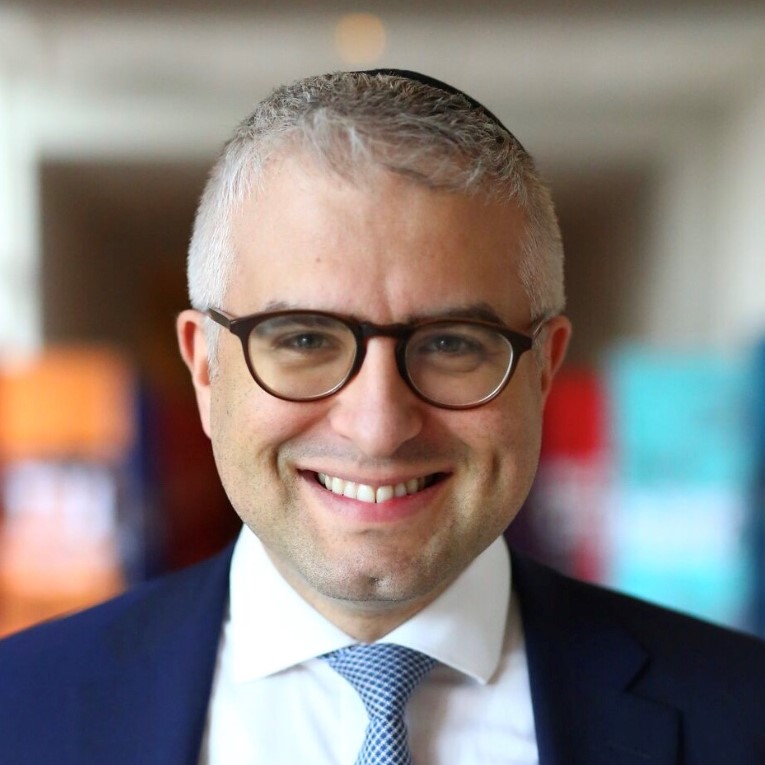
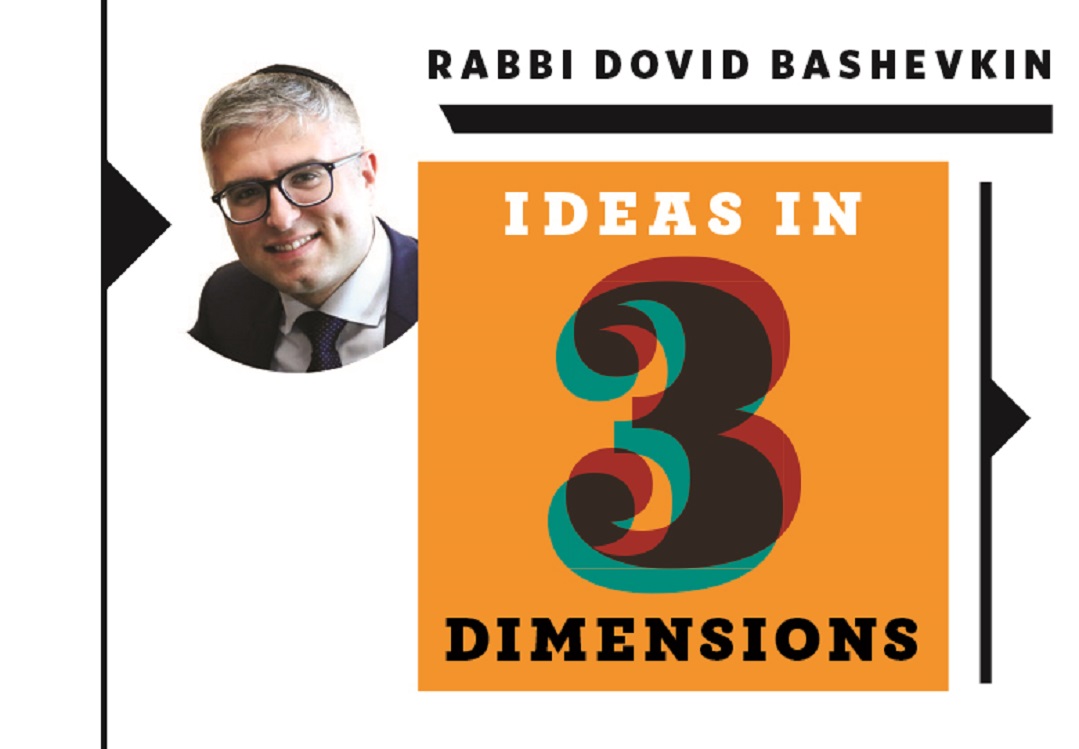
W
hen people ask me why I wrote my graduate thesis on Polish chassidus, I always say, “for the money.” I’m kidding, of course — graduate degrees in chassidus are not in vogue at most investment banks — but it’s a fair question. Why would a Five Towns boy with four American-born grandparents, without any even remotely distant chassidic relatives, become so interested in chassidic thought? Truth be told, my interest in chassidus was and remains fairly narrow — my primary focus has always been on Rav Tzaddok HaKohein of Lublin (1823–1900), whose yahrtzeit is the ninth of Elul.
But the real answer about how I found the works of Rav Tzaddok is that no one ever really finds Rav Tzaddok — Rav Tzaddok finds you. There is a distinct style to his Torah that makes an indelible impression on certain listeners. Rav Tzaddok builds bridges between classic yeshivah-style analysis, historical scholarship, and piercing chassidic truths. He builds bridges between the Rambam’s rationalism and the Arizal’s mysticism. As I’ve been accused of being both overly emotional and overly intellectual, Rav Tzaddok built bridges for me. He merged worlds in my own life that would have otherwise been separated. Rav Tzaddok finds you, and afterward, helps you find yourself. This is what I found:
1. Belief in Yourself
Undoubtedly, the line in Rav Tzaddok that people are most familiar with is his statement that “Just as a person needs to believe in Hashem, so too, afterward, he needs to believe in himself” (Tzidkas Hatzaddik #154). I remember exactly where I was when I first heard those words. I was sitting in the back-right corner of my classroom in DRS HALB High School, shocked that the new Mishmar rebbi, the now renowned Rav Moshe Weinberger, had instructed the students to stop eating their Chinese food as he read these words. What kind of Torah, I wondered, can’t be said in the presence of General Tso’s chicken? But the moment I heard these words, I understood. See, here’s the thing about being told to believe in yourself: It sounds cliché, until you don’t. And I didn’t. Sure, in high school I was bright, had great friends — nearly all of whom I am still connected with today — and had a wonderful family. But I was also afraid. I had long struggled with anxiety, I was always concerned about being suddenly discovered as a fraud, and I felt like I was only as good as my last one-liner. I still struggle with much of that. In the back of that classroom, sulking in my oversize winter coat, I learned two things. Belief in yourself, much like belief in Hashem, is necessary. And belief in yourself, also much like emunah in Hashem, is not always going to be easy. Rav Tzaddok established for me the idea that belief in myself had all the opportunities and challenges of emunah in Hashem. And it was precisely that high school boy, filled with so much doubt, whom Rav Tzaddok found and comforted.
2. Writing for Your Children
As much as an impact as my Mishmar experience had on me, I’ll be honest: I stopped going. As an immature high school kid, the possibility of what I could learn was outweighed by the thrill of what I could avoid. So, for most of the end of 12th grade I just skipped Mishmar entirely. But Rav Tzaddok found me again. During my first year studying in Yeshivat Sha’alvim, once a week every student would go to their rebbi’s house on campus for singing, food, a schmooze — maybe dancing? — I don’t really know. I was one of four kids in my year whose rebbi did not live on campus. So, while we had an incredible shiur, we didn’t have some of the programming perks. One night, as most of my peers were joyously consuming Bamba, Crembos, and RC Cola, I was sitting by myself and, most likely, pretending to be learning. The mashgiach of the yeshivah, Rav Ari Waxman, a longtime student of Rav Moshe Shapira ztz”l, suggested we learn together during this time. I still can’t remember who suggested that we learn Rav Tzaddok, but we did. Looking back, it was probably Rav Tzaddok’s idea. He found me again. Rav Tzaddok was acutely aware of the pains of loneliness and heartbreak in ways others should never experience. His first marriage fell apart and although he remarried, he never had children. It weighed on him his entire life. He wrote an entire sefer on the pain of infertility. To my knowledge, it is the only one of its kind. He named his seforim on Chumash “Pri Tzaddik,” for his writing was his children. And the more I learned from Rav Tzaddok the more I saw that when he wrote, he was literally writing for his life. His Torah was his children. I don’t know the pain of Rav Tzaddok, but I have discovered the creative and cathartic process of writing. A secular writer once described writing as bleeding on the page. Rav Tzaddok taught me how sharing Torah and ideas can sustain a person, no matter the circumstances. He created a family of students through his Torah and writing, and reimagined what can be accomplished through a pen and paper.
3. Torah of Experience
After Sha’alvim, I went to study at Ner Israel in Baltimore. Rav Tzaddok resided there as well, but you really had to look in the cracks and crevices. Rav Nachum Lansky whispered him in his shiurim and Rav Eliezer Lachman gave a small chaburah. But my formative connection to Rav Tzaddok’s Torah really began through two teachers: Reb Ari Bergmann and Dr. Yaakov Elman a”h. In most ways these teachers couldn’t be more different. Reb Ari spent his career in finance, while Dr. Elman wandered for much of his career — he was a cab driver, a meteorologist, an editor, and eventually a professor in Yeshivah University. Reb Ari is clean-shaven, Dr. Elman, even decades after his experiences with Rav Hutner, had a beard and peyos. But these two teachers embodied what I would come to discover in Rav Tzaddok. Curiously, both Reb Ari and Dr. Elman, independent of one another, were inspired to get doctorates in Talmud later in life. Neither had said so explicitly to me, but I am sure Rav Tzaddok is at work there as well. At the heart of all of Rav Tzaddok’s work is the primacy of Torah shebe’al peh, normally translated as the Oral Torah, such as Mishnah and Gemara. The term means something different in Rav Tzaddok’s work, though. It is not the Spoken Torah, but rather the Torah of the Speaker. It is the Torah that emerges when we fuse our individual and collective experiences with the timeless text of Torah. There is a singular Torah that can only emerge from the cauldron of our experiences, and both of my teachers exemplified that. In ways known and unknown, Rav Tzaddok showed them how to transform the desultory chaos of personal experience into the melodies and harmonies of a Talmudic beis medrash. More than Rav Tzaddok applies the Gemara to life, he transforms every individual life into a daf of Gemara. Our experiences, however contradictory, however difficult, however confusing, are pages of Torah. And, with Rav Tzaddok, I continue to study that daf today.
(Originally featured in Mishpacha, Issue 776)
Oops! We could not locate your form.
